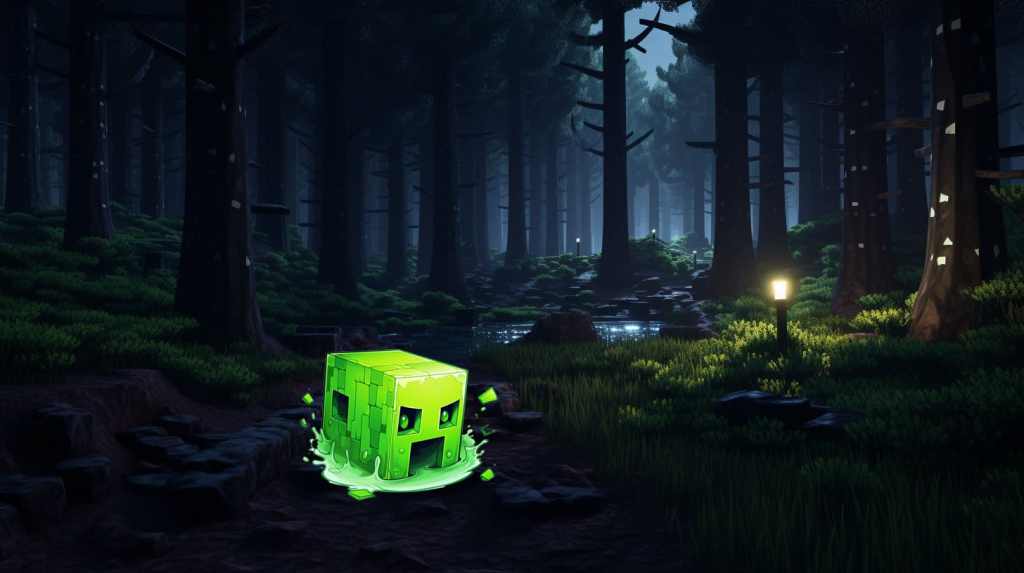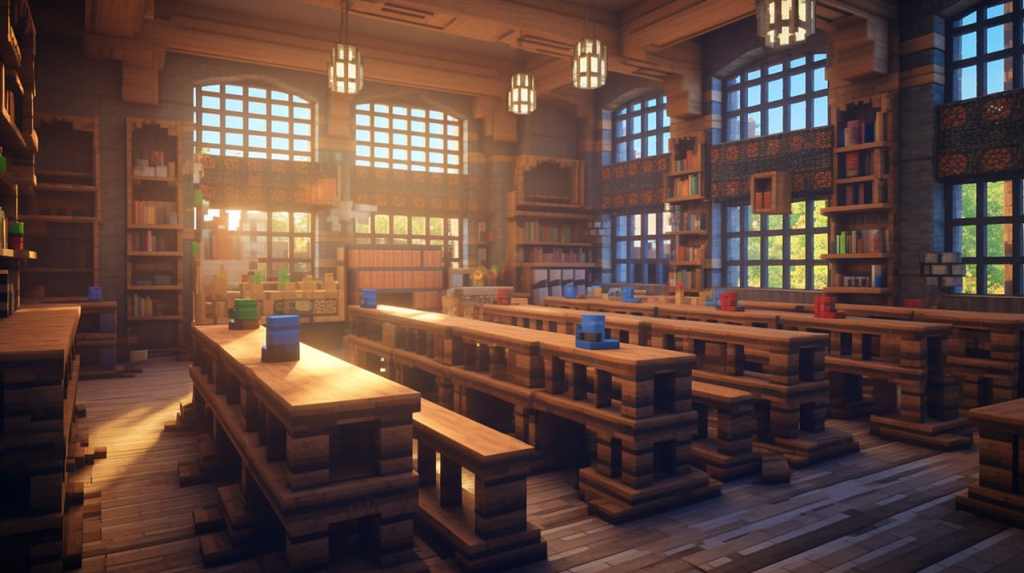Introduction
In a digital universe of cubic landscapes and infinite possibilities, millions of players converge to partake in a shared adventure that transcends the boundaries of the physical world. Welcome to the universe of Minecraft, a game that’s more than just a medley of blocks. It’s a social phenomenon, a community of like-minded individuals who not only play but also interact, collaborate, and innovate. The social dynamics of Minecraft communities unfold within and beyond the game, forging connections that are as real and enduring as any in the physical world. This exploration ventures into the heart of Minecraft’s social ecosystem, shedding light on the interactions that form the fabric of this digital society.
Minecraft as a Social Platform
At its core, Minecraft is a sandbox game, a blank canvas that empowers players with the tools to create and explore. Yet, it’s the social interactions that breathe life into the pixelated landscapes. Whether you’re embarking on survival adventures with friends or engaging in massive community projects on servers, the game fosters a sense of community and shared endeavor. The ease with which players can collaborate and share their creations makes Minecraft not just a game, but a social platform.
The Realm of Multiplayer Servers
The advent of multiplayer servers has taken the social aspect of Minecraft to new heights. Servers like Hypixel, Mineplex, and others have become bustling digital metropolises where players can engage in a myriad of activities. From competitive mini-games to cooperative building projects, the array of shared experiences fosters a sense of community and camaraderie among players. The multiplayer realm is where friendships are forged, teamwork is tested, and social dynamics are most evident.
Community Constructs: The Social Fabric of Minecraft
The social fabric of Minecraft is rich and diverse, mirroring the real world in many ways. Communities rally around common interests, be it a love for medieval architecture, redstone engineering, or competitive PvP (Player versus Player) combat. The game provides a common ground where individuals from diverse backgrounds and cultures can interact and learn from each other. This melting pot of ideas and experiences is what drives innovation in Minecraft, leading to astonishing creations and game modifications.
Virtual Societies and Governance
The organization and governance within Minecraft communities reflect intriguing social dynamics. Large servers often have established hierarchies, rules, and social norms that guide player behavior. Administrators and moderators work to ensure a safe and enjoyable environment, while various social roles emerge within the community, akin to a digital society. The establishment of economies, trade systems, and even political structures in some servers showcases the depth of social interaction and organization possible within Minecraft.
Online Friendships and Real-world Connections
Minecraft doesn’t just create virtual connections; it often leads to real-world friendships. The shared experiences and interactions within the game create bonds that extend beyond the digital realm. Many players have found lasting friendships, and some even life partners, through their Minecraft adventures. The game serves as a medium for social interaction, bridging geographical and cultural divides to foster genuine connections.
Educational and Therapeutic Communities
Minecraft’s potential as a social tool extends into the realms of education and therapy. Educators and therapists have utilized the game to create supportive communities where individuals can learn, interact, and grow in a safe and engaging environment. Whether it’s helping students understand complex concepts through interactive gameplay or providing a therapeutic outlet for individuals with autism, the social aspect of Minecraft has proven to be a valuable resource.
Conclusion: The Social Symphony of Minecraft
Minecraft transcends its identity as a game to emerge as a vibrant social platform. The diverse communities, the shared experiences, and the genuine connections formed within its pixelated realms showcase the profound social dynamics at play. From pixels to play, the journey of Minecraft is a testament to the enduring human desire for community and shared adventure. As players continue to dig, build, and dream together, the social saga of Minecraft is an ongoing narrative, evolving with every block placed, every friendship forged, and every community built. Through the lens of Minecraft, we catch a glimpse of the boundless potential of digital platforms to foster meaningful social interactions in the modern era.



